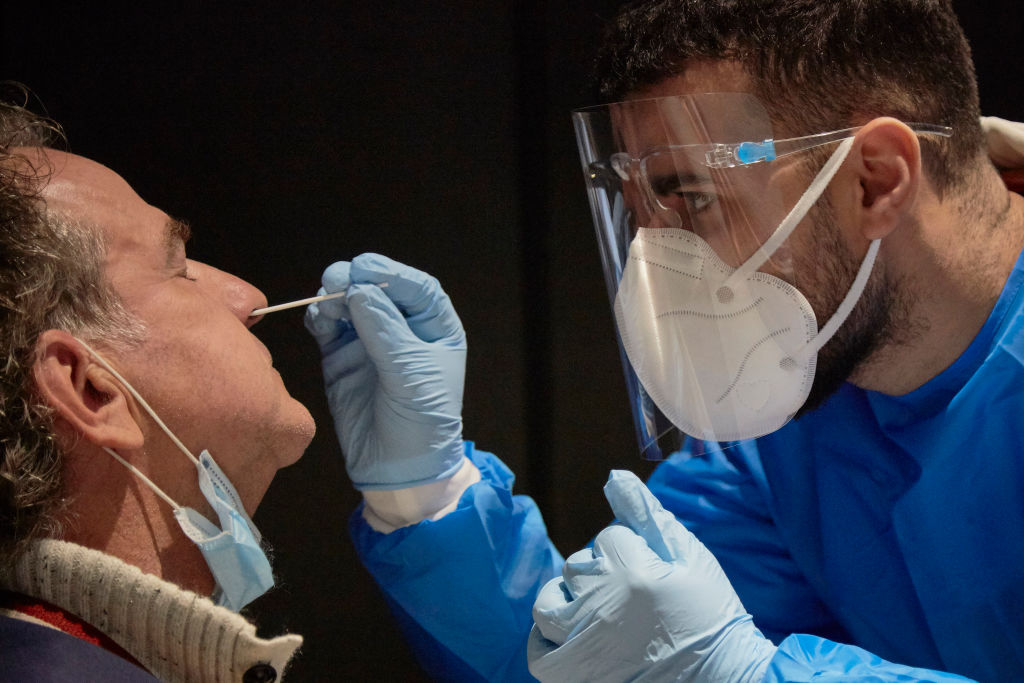COVID-19 Fight Shifts From Single Variants to Tackling Viral Families
ADF STAFF
The days of a single strain of COVID-19 circling the globe appear to be over. The future, according to researchers, may see many different versions of the virus arising in different parts of the world at the same time.
That’s already happening with the omicron variant. Since it was identified in November 2021, it has spent the past 12 months spinning off more than 300 subvariants, from BA.2 to BA.5 to BQ.1 and beyond.
Many omicron variants are able to escape immunity or transmit quickly. None of those subvariants has gained global dominance, however. Instead, they appear to be establishing regional footprints by subvariant.
“While we are looking at a vast genetic diversity of omicron sublineages, they currently display similar clinical outcomes, but with differences in immune escape potential,” a team of investigators for the World Health Organization reported.
Ryan Gregory, an evolutionary biologist at Canada’s University of Guelph, said public health experts are now looking at families of subvariants instead of one at a time.
“It’s an ecology now,” Gregory told Fortune magazine. “It was ‘How many rabbits and how many wolves?’ Now, it’s a whole ecosystem.”
In its recently analysis, the WHO examined omicron subvariants XBB, which is the product of two BA.2 strains, and BQ.1, which arose from BA.5 and is currently spinning off its own subvariants.
XBB has appeared in 35 countries worldwide and BQ.1 has appeared in 65 countries, according to the WHO. Details are still emerging about their severity and transmissibility, but researchers believe the mutations they carry are likely to help them spread more easily than their predecessors.
“It is likely that these additional mutations have conferred an immune escape advantage over other circulating omicron sublineages, and therefore a higher reinfection risk is a possibility that needs further investigation,” the WHO investigators wrote.
The COVID-19 strains now spreading around the world are less deadly than variants from earlier in the pandemic. Deaths are down 90% from the pandemic’s peak, but the WHO still receives reports of about 9,000 deaths a week, according to Dr. Maria van Kerkhove, the organization’s technical lead on COVID-19.
“That’s still 9,000 a week too many,” van Kerkhove said during a recent press briefing. “The virus is spreading readily around the world.”
Every new infection presents a new possibility of a new subvariant. A drop in surveillance makes it difficult for the WHO to track variants and subvariants to respond to outbreaks, she added.
Because of the high transmissibility of omicron spinoffs, health experts continue to recommend masking in confined spaces and health facilities, along with improving ventilation indoors.
“Masks remain critical indoors,” van Kerkhove said.


Comments are closed.